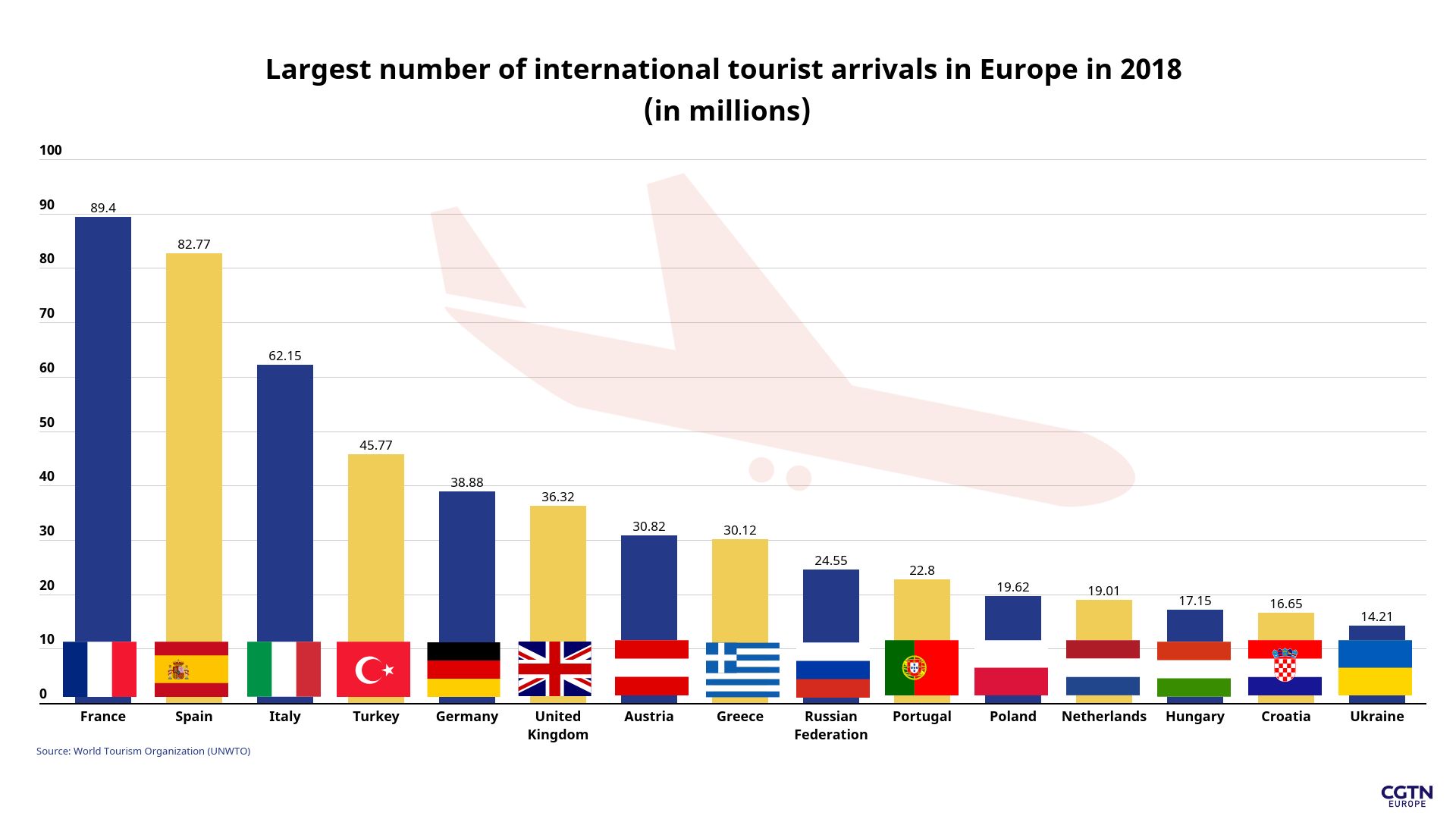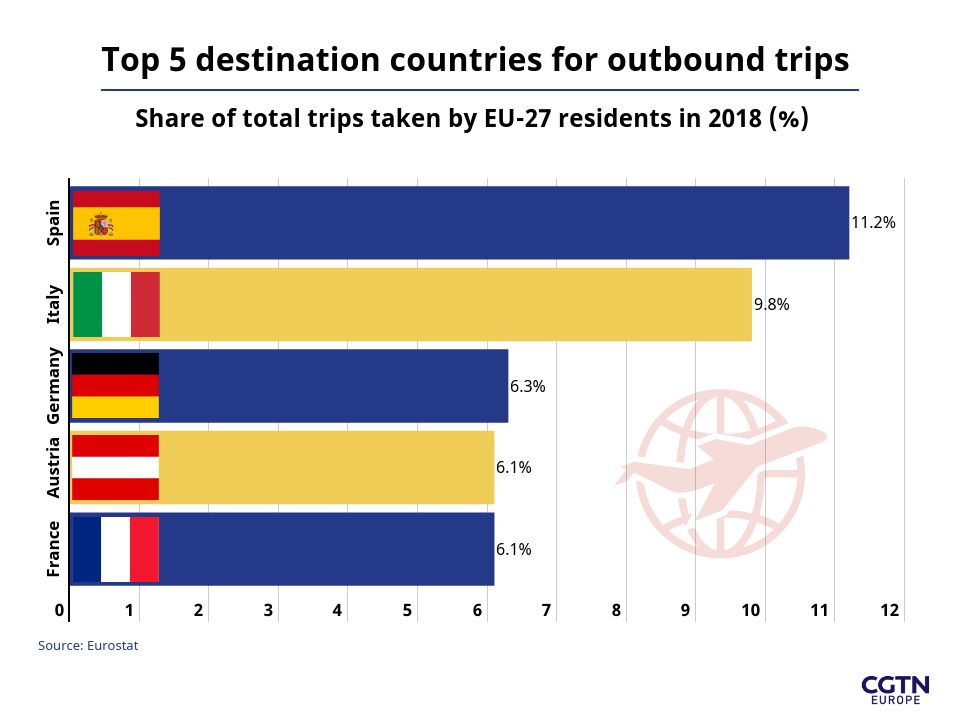The tourism industry has been one of the hardest-hit sectors by the COVID-19 pandemic, but the economic impact of this has been worse for some countries and continents than others.
For years, Europe has been rated the most visited region in the world by the UN's World Tourism Organization (UNWTO), accounting for around 50 percent of the world's tourist arrivals.
According to the latest European Union Tourism Trends Report (2019), five out of the top 10 visited destinations in the world in 2018 were in the EU. There were 710 million international tourist arrivals to Europe in 2018 alone, amounting to a 51 percent global share.

However, these numbers are dropping rapidly, as countries that once topped the charts as the most popular tourist destinations in the world are now struggling with depleted visitor numbers, as fears of a second wave of the virus rise.
New restrictions being imposed since the easing of lockdown rules across Europe earlier this month are dashing the hopes of many countries that rely on the tourism sector for their economies.
Spain is one of the countries being dealt a severe blow. With infections rising in recent weeks and regional authorities across the country introducing new restrictions, governments of other European countries including the UK, Norway and France, have reimposed travel restrictions including quarantine orders and regional travel bans.
These new restrictions could particularly affect the country, as the latest figures from the European Union's statistical agency, Eurostat, show Spain was the number one tourist destination for EU residents in 2018, in terms of number of trips as well as number of nights spent or expenditure.

In general for 2018, however, seven out of 10 trips (70.5 percent) that Europeans took were domestic trips - i.e. trips in the tourist's own country of residence, but in terms of nights spent and expenditure, domestic trips accounted for 56.2 percent and 40 percent of the total respectively, according to Eurostat.
In 2019, Europeans spent 3.3 percent more nights in tourist accommodation inside their own country compared with 2018.
That is a trend that is expected to continue to rise, as setbacks in Europe's tourism revival only weeks after borders were reopened have led to European citizens looking to their own countries for summer holiday destinations, to avoid getting caught in sudden restrictions or quarantine rules while being abroad.
But as the top destination in the world for tourists, with the coronavirus sowing yet more economic chaos, a second wave of travel restrictions could destroy swathes of European tourism businesses.
With countries such as the UK considering reimposing quarantine measures on the basis of increasing coronavirus cases, the situation looks unlikely to improve in the short term.
In Europe, Russia has reported 40,762 new cases in the past week, Spain has reported 12,166, France 5,858, the UK 4,662 and Germany 3,932, according to Johns Hopkins University, giving quite a bleak outlook for the summer tourism season.